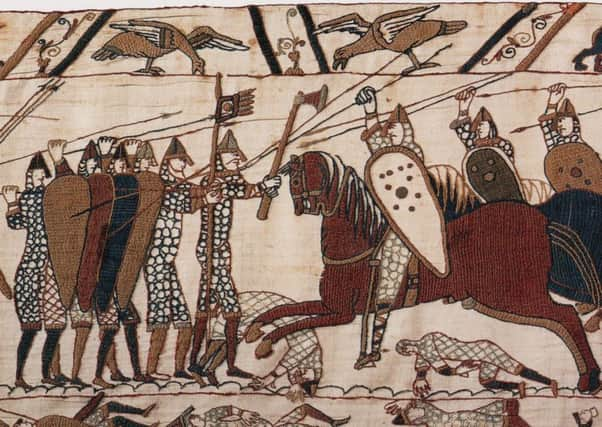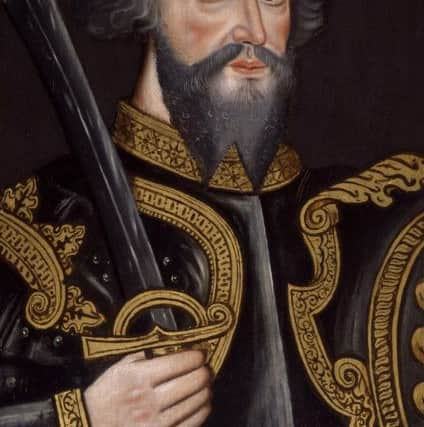William the Conqueror coming back to Berkhamsted


William the Conqueror is synonymous with 1066, the Battle of Hastings, and the French conquest which changed the course of history forever.
But the new king actually received the submission of the English at the site of Berkhamsted Castle – and a bust of King William will be unveiled at the site next month.
Advertisement
Hide AdAdvertisement
Hide AdJenny Sherwood, chairman of the Berkhamsted Local History and Museum Society, said: “This has been in the pipeline. Our big hope is that the bust will eventually go on permanent display somewhere in Berkhamsted.


“This is where the English submitted to William, and then this is where the castle was built which was something else he had a lot to do with.”
The official ceremony will take place at Berkhamsted Castle at 11am on Friday, October 14, the 950th anniversary of the Battle of Hastings.
It will be unveiled by Professor David Bates, and is thought to be the only bronze bust of William in existence.
Advertisement
Hide AdAdvertisement
Hide AdMrs Sherwood added: “1066 is such an important date in our history – the Battle of Hastings and the Normans was the last successful invasion in our history, and it’s a date every schoolchild knows.


“The castle might not be as imposing as some other castles elsewhere in the country, but it’s got a great deal more history and it’s the real deal rather than a rebuilt version.”
Berkhamsted Castle is a motte-and-bailey castle which was built to control the key route between London and the Midlands. Historians believe that Robert of Mortain, William’s half-brother, was responsible for managing its construction.
Although the castle is today in a dilapidated state after 1,000 years of history, at its peak it was surrounded by protective earthworks and deer park for hunting, as the railway station and nearby Tesco did not exist in the 11th century.
Advertisement
Hide AdAdvertisement
Hide AdIn later centuries much of the stone was taken to build houses and other buildings in Berkhamsted, and the castle was almost destroyed altogether when the nearby railway line was built during the 19th century; as a result it became the first building in Britain to receive statutory protection from Parliament.
William The Conqueror fact file:
> He might have been the first Norman (ie French) King of England, but his contemporaries did not always have high praise for William. One of his contemporary nicknames was William The B****** - not because of his behaviour but because he was born out of wedlock to the unmarried Robert I, Duke of Normandy.
> William did not have a happy family life growing up. In his childhood various factions of the aristocracy battled for control of him.
> As an adult his family life was equally tumultuous, not least the time he ordered the arrest of his half-brother Odo. Historians have suggested that this might have been because Odo wanted to become Pope. And even after his death there was a war between William’s sons Robert and William.
Advertisement
Hide AdAdvertisement
Hide Ad> William was crowned King of England on December 25, 1066, which was nice. His vanquished foe, King Harold, was said to be so mutilated after the Battle of Hastings that only his lover could identify him by ‘secret marks’ on his body. Not so nice.